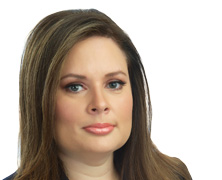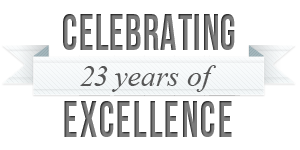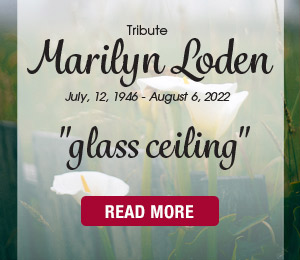As a Latina who was born and raised in the Bronx, New York, wage gaps and glass ceilings were certainly not what came to mind as I got ready for school every day. For me, a good education meant an opportunity to get one step closer to a better future. My parents, like so many others, came to this country in search of a better life. They raised me to believe that the American Dream wasn’t going to be determined by whether I was a woman or Hispanic, but rather by my desire to work hard and give back.
As I entered the workforce for the first time, I became aware of the gap that separates women and men in the workplace. Despite boasting higher graduation rates at the bachelor, master, and doctoral levels, according to the National Women’s Law Center American women who work full-time are paid only 77 cents for every dollar their male counterparts make. The wage disparity is even more disconcerting for Hispanic women, who earn weekly wage earnings lower than any other race/ethnic/gender group, at 54 cents to every dollar paid to white, non-Hispanic men.
In addition, research from organizations such as Catalyst has shown that in recent years, leadership positions for women have stagnated. C-suite and boardroom seats for women are nearly non-existent, with a mere 3.8 percent of women in Fortune 500 CEO positions and only 16 percent siting on corporate boards.
The question we keep asking ourselves is why this happens. What we should really be asking is how we can change this paradigm to ensure increased parity and allow women to be fairly compensated for their contributions. Corporations must reward employees fairly based on accomplishments, promote their growth, and empower them to know they can each make a positive impact on the organization.
I am fortunate to work for a company that does just that. We offer women of all backgrounds in our industry, including students, the opportunity to connect with other female leaders who inspire them and with whom they can share their successes and challenges. I am also honored to serve as a commissioner on healthy media for the Girl Scouts of America, working along with other media leaders and subject-related experts to help create a blueprint for our industry to accurately portray female figures in the media.
As leaders, it is our responsibility to take the first steps to drive change within our organizations and ensure we close the gap for women in the workplace.







